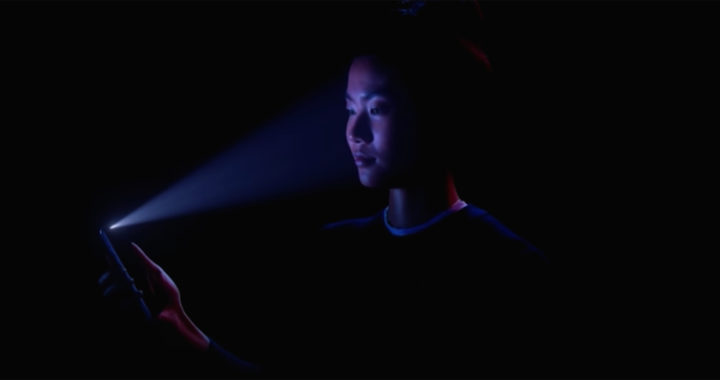The Face ID is the trademark name for the facial recognition technology and biometric authentication system developed and implemented by Apple for the iPhone and the iPad Pro. It first appeared on the iPhone X in 2017.
It allows users to unlock relevant devices, make secured payments, or log in to their accounts without keying in their usernames and passwords, and also supports augmented reality features and camera tracking applications.
It is also important to note that this technology remains one of the defining and sought-after features of the iPhone and iPad Pro because it is more convenient than the Apple Touch ID and the facial recognition technologies used in Android devices such as the smartphones and tablets from Samsung and Huawei, among others.
Nevertheless, understanding the capabilities of this facial recognition technology from Apple and appreciating how it differs from other competing technologies requires an understanding of its notable advantages and disadvantages.
Pros: Advantages of Apple Face ID
The Apple Face ID does not depend solely on the camera unlike other facial recognition systems found on most Android smartphones and other consumer electronic devices. The underlying technology is more sophisticated and arguably more secured.
Note that the entire hardware is composed of three modules: a dot projector that fires a grid of small infrared dots onto the face of the user; a flood illuminator that uses infrared light to illuminate the face; and an infrared camera that takes an infrared picture.
The entire Face ID system generates a three-dimensional facial map that records and reads the nuisances of the facial structure. The system compared the registered facial map to the active facial map generated while the user tries to unlock his or her device.
Below are the specific pros and benefits of this facial recognition technology from Apple:
• More Secure: One of the notable advantages of the Face ID is that it can be as secure as fingerprint biometrics based on ultrasonic sensors and more secure than the facial recognition technology dependent on the camera module. The system can capture several of the nuisances of the face because of infrared depth perception.
• Facial Data: The recorded facial map is inaccessible to Apple and other parties. The system does not register the facial map as an image but as facial data composed of the mathematical representation of the key details of the face. This facial data is stored in the local Secure Enclave found on the Apple chip. Furthermore, Apple disables the system if an unauthorized component has been added.
• Fast and Efficient: The system is also faster and more efficient than fingerprint biometrics using capacitive technology and optical sensors, as well as a camera-based facial recognition system. It also takes advantage of the native hardware processing found in an equipped Apple device to scan and read the face in a second or less.
• Machine Learning: Another advantage of the Apple Face ID is that it maximizes the machine learning capabilities via the Neural Engine of a particular Apple device to adjust the registered facial map with continuous use and match it according to changes in faces due to aging or growth of facial hairs, among others. It can also recognize a user while wearing a hat, glasses and most sunglasses, makeup, and face masks.
• Other Applications: It is also used to supplement the augmented reality capabilities of an equipped Apple device. Apps developers have used the system to track over 50 aspects of the facial expression, facial details, and head position of the user to apply filters, create live effects, and for live tracking.
Cons: Disadvantages of Apple Face ID
Apple claims that its Face ID is statistically more advanced than its Touch ID fingerprint scanning technology. It produces fewer false positives. However, several user reports have noted that it has a problem differentiating identical twins.
There are also debates arguing the absence of legal protection for individuals using biometric systems as opposed to using passwords and passcodes. Then there are issues regarding the possibility of third-party apps exploiting using facial data.
Below are the specific cons and limitations of this facial recognition technology from Apple:
• Inconsistent Results: Users have noted that the system has a problem recognizing and differentiating identical twins or close relatives. However, in some tests, that system demonstrated that it can distinguish identical twins. Apple noted that the probability of a false match is higher for children under 13 years of age because their distinct facial features are not fully developed.
• Forced Access: Another disadvantage of Face ID and other biometric systems is that no laws prevent other parties such as law enforcers from forcing individuals to access their devices. The police can have unauthorized access to a particular Apple device if it is pointed to the face of the user against his or her will.
• Privacy Concerns: Several individuals also expressed concerns over the possibility of third-party app developers using the system to take and record the facial data of users to create profiles and sell the data to other parties. Apple explained that it has a strict policy and review process aimed at protecting data privacy and preventing app developers from collecting, storing, and selling user data.





